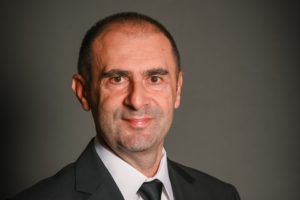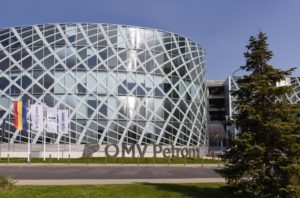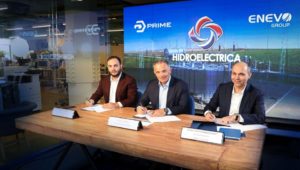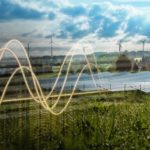Energy transition, Hawaiian style
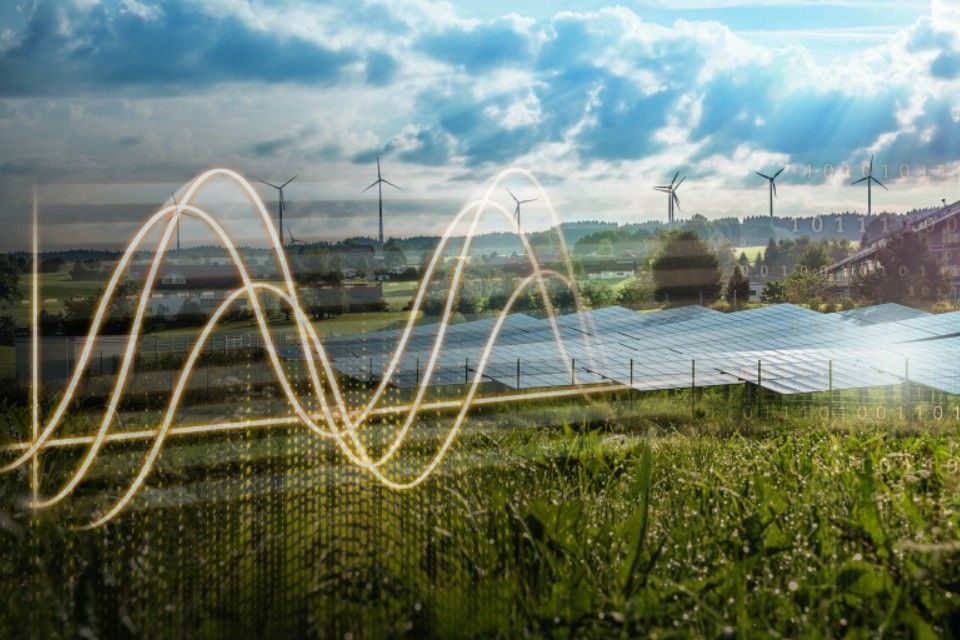
Hundred percent renewable generation from wind and solar is not feasible today without significant reliability impacts. The U.S. state of Hawai‛i intends to change this situation in years to come. In a research alliance led by Siemens, a new assistant system will be developed for the Hawaiʿi Island power grid over the next three years. The transition to a system of all-renewable energy sources will be tested in the process.
Hawaiʿi is getting serious about its plans to have a totally renewable energy system in place by 2045. The Hawaiian Electric Companies have already established a diverse portfolio of renewables. But Hawaiʿi – like many other island states or nations – also relies on conventional power plants, fossil- or renewable-fueled, to maintain frequency and voltage stability. The state goals for a rapid evolution to renewable energy are driven by a desire to reduce the island’s dependence on imported oil, in order to reduce fossil emissions and to improve electricity price stability and energy independence. These goals will displace operation of fossil resources, but it is also necessary to maintain a reliable and stable electricity supply with the future mix of generation resources. A research alliance led by Siemens Corporate Technology in Princeton, New Jersey, will evaluate how the largest island, also known as the Big Island, might be able to operate reliably with fewer conventional plants to facilitate up to 100 percent renewable energy with the help of a new assistant system. Such a level cannot yet be reached in large grids. “We don’t have the necessary technologies to turn off all conventional generators,” project head Ulrich Muenz said. “But we will work toward developing them in the project.”
Fragile grid stability without conventional power plants
The energy resource is certainly available: Islands like those in Hawai‛i have enough wind, solar and, potentially, other renewable resources like hydro, geothermal, or biomass to supply all the islands’ needs through 100 percent renewable energy. However, the power grid needs to remain stable, reliable and accessible to meet the energy needs of commercial and residential customers. In virtually every place in the world, the power systems were designed with conventional power plants producing the bulk of the electricity, the Big Island included.
While conventional fossil-fueled power plants have high environmental impact, they also have a number of important properties for power systems that cannot be readily replaced by wind and solar generation. The huge rotating masses of turbine generators play a key role in power grid stability. Power generation and load must be precisely balanced every second to keep the power grid in harmony. When this does not occur, all generators are connected directly to the grid and their rotational energy and frequency response serve as a resistance to change in frequency, providing a stabilizing force on the system. The rotating components of biomass, hydroelectric and geothermal power plants contribute as well. By contrast, solar- and wind-power systems are connected to the grid by power-electronic inverters that are different in their nature because they are not synchronous machines with inertia. These inverter-based resources historically have not contributed to frequency response – though this is increasingly being added through inverter controls to provide some support to grid disturbances.
Innovative technologies for power grids of the future
For this reason, the major challenge lies not just in expanding renewable energies. It also involves new assistant systems for the energy landscape of the future. Siemens is working to bring this about in such projects as IREN2 and DynaGrid. As part of IREN2, a project being conducted in the Bavarian town of Wildpoldsried, researchers succeeded for the first time in disconnecting a microgrid from the public power grid and temporarily covering the town’s electricity needs using only power produced by solar and battery inverters. The researchers used Sinamics inverters made by Siemens that are equipped with special functions to balance power generation and load as well as to stabilize voltage and frequency. But the use of many inverters with these capabilities in the grid creates the risk of power oscillations that could result in a blackout. The Siemens researchers have developed special assistant systems that could be used in the design of Sinamics controllers to reduce these oscillations.
In the DynaGrid project, Siemens teamed with research partners to demonstrate a dynamic control center that can stably and reliably operate the power grid of the future with its highly dynamic equipment by using a number of assistant systems, initially under lab conditions. Here, too, one of the assistant systems had been assigned the task of reducing power oscillations among power plants.
These technologies developed in Germany are now being tested in larger projects. In Wildpoldsried, a grid with 130 kW load was fed with 100 percent solar power. One megawatt has been achieved by an energy system that just went into operation on the Galapagos island of Isabela. The research project ReNew100 on the Big Island of Hawai‛i is investigating the conditions for a much larger island power grid for the first time: The largest island of the archipelago requires approximately 180 MW of peak load. The project is receiving $3 million in funding from the U.S. Department of Energy.
Assistant system controls real-time simulation
Before the real test begins that includes a growing share of renewable energies, the assistant program must prove itself by operating a digital twin of Hawai‛i’s power grid. “Such a digital twin is a simulation model that shows what will happen in a power grid if we alter key parameters,” Muenz said. “We are talking about parameters like replacing conventional power plants on a broad-scale basis with wind farms.” The data for the grid model is being supplied by Hawaiʿi Electric Light. The research institute Pacific Northwest National Laboratory (PNNL) will develop calibration methods suitable for systems dominated by inverter-based generation. With these new methods, PNNL will calibrate the grid model in such a way that it replicates actual measurements provided by Hawaiʿi Electric Light. This high-fidelity model is then implemented into the real-time simulation hardware and software from OPAL-RT hosted by PNNL.
The Siemens Energy Management System Spectrum Power manages this virtual grid. The assistant system includes the Siemens software SiGuard Dynamic Security Assessment that can forecast how the island grid would respond to critical events, and the algorithms developed by Siemens Corporate Technology. These algorithms will provide the grid operator with alternative settings for the inverters of their renewables to reduce oscillation. The interconnection of the digital twin of the Hawai’ian power system in OPAL-RT’s real-time simulator with the new Energy Management System will enable the team to demonstrate the effectiveness of the new support system under real-world operating conditions.
This provides critical information necessary for the widespread transition to renewable energies and enables stable operation on island grids with high renewable energy penetration on a large scale. As a result, the energy transition can become a reality while the lights stay on in Hawaii.
Copyright: Siemens, siemens.com/stories – Katrin Nikolaus









